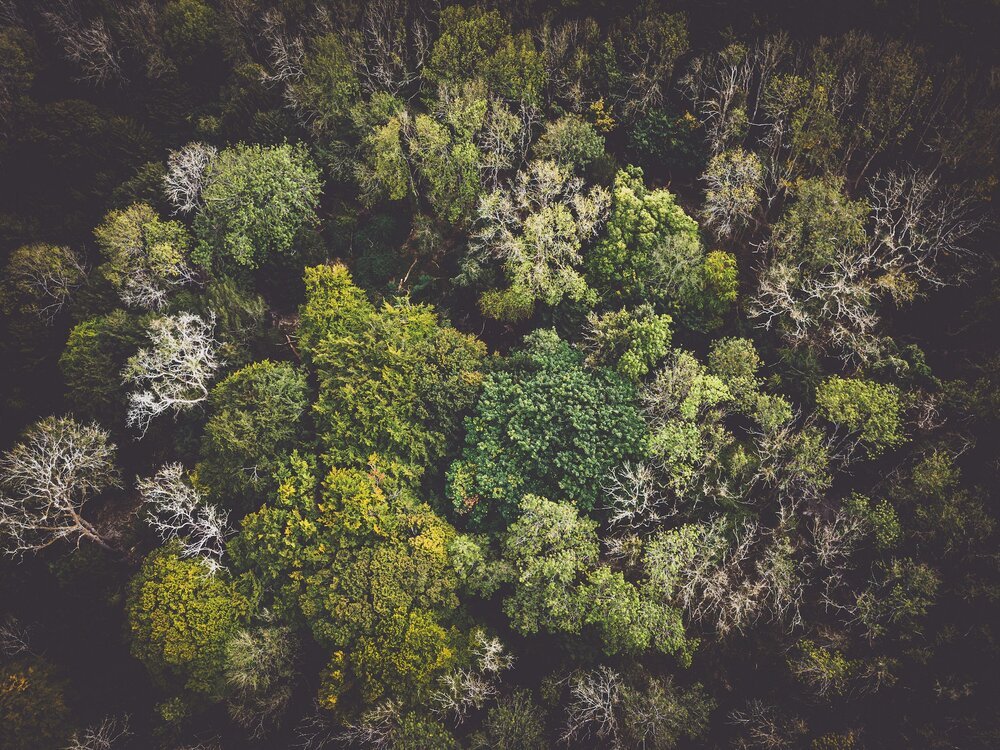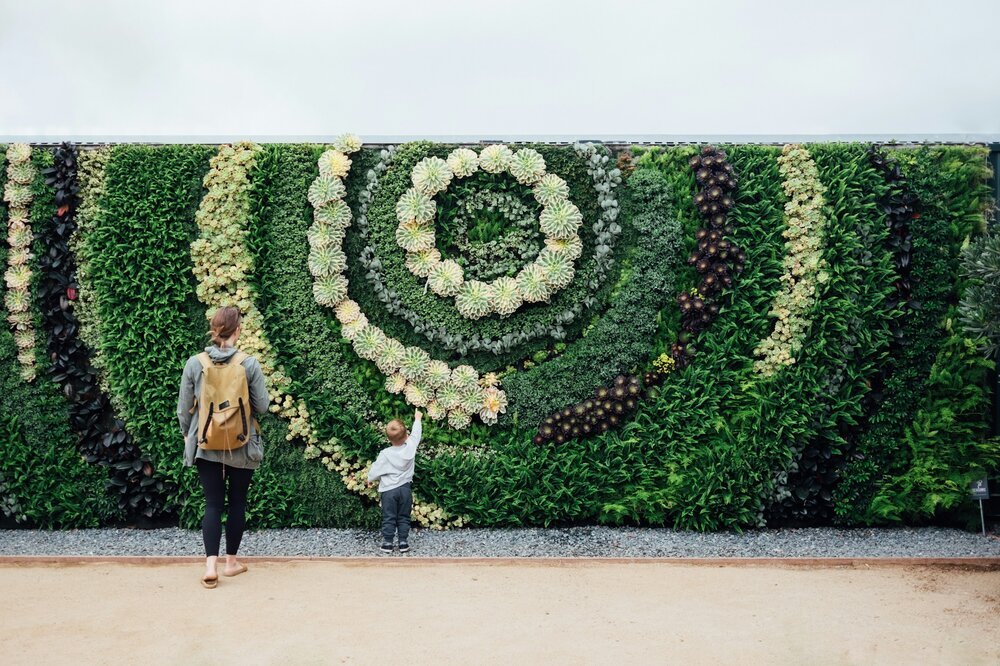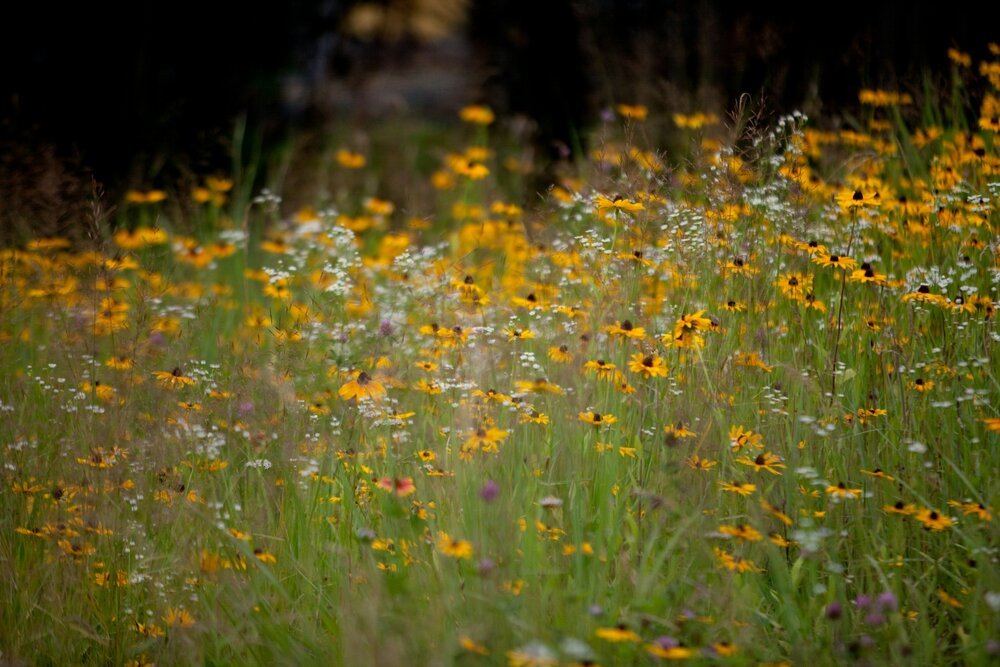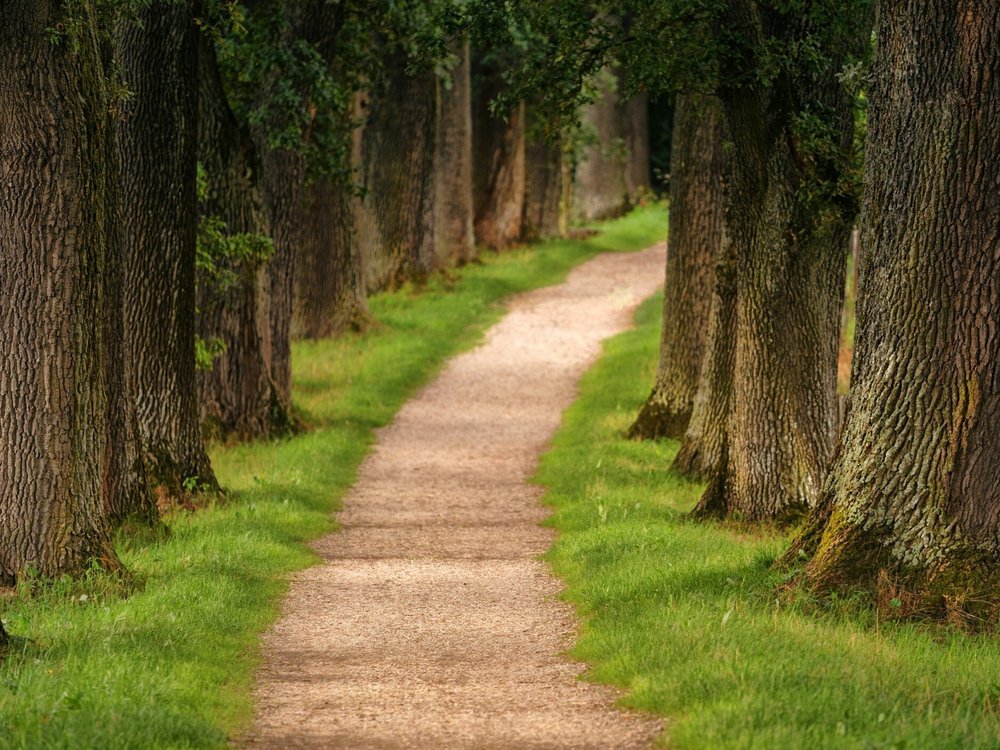
Harmony in Hydrology: Innovative Stormwater Management through Landscape Design
In the face of urbanization and climate change, the conventional approach to managing stormwater is evolving. Landscape architects are pioneering innovative solutions that blend functionality with aesthetics, addressing the dual challenge of stormwater runoff and environmental conservation. This exploration delves into creative and sustainable approaches to managing stormwater through landscape design, showcasing the transformative potential of these initiatives.

Illuminating Beauty: Best Practices for Designing an Exceptional Landscape Lighting System
As the sun dips below the horizon, a well-designed landscape lighting system has the power to transform outdoor spaces into enchanting realms. Thoughtful illumination not only enhances the visual appeal of gardens and architectural features but also extends the usability of outdoor areas after dark. In this guide, we explore the best practices for designing an exceptional landscape lighting system, ensuring that your outdoor spaces shine in both beauty and functionality.

Designing Multi-Purpose Green Spaces for Urban Harmony
In the ever-evolving tapestry of urban design, the concept of creating green spaces that serve multiple purposes has gained prominence. Beyond mere aesthetics, these versatile landscapes weave together functionality, sustainability, and community well-being. From promoting environmental resilience to fostering social interaction, multi-purpose green spaces stand as dynamic hubs that enhance the urban experience. In this exploration, we delve into the concept of designing green spaces that serve multiple purposes, examining the diverse roles they play in creating vibrant and harmonious urban environments.

Urban Biodiversity Highways: The Vital Role of Wildlife Corridors in Urban and Suburban Landscapes
As urban and suburban landscapes continue to expand, the fragmentation of natural habitats poses a significant challenge to wildlife populations. In the midst of concrete jungles, the concept of wildlife corridors emerges as a beacon of hope for the preservation of biodiversity. These interconnected pathways allow wildlife to traverse urban and suburban areas, promoting genetic diversity, ecological balance, and the overall health of ecosystems. In this exploration, we delve into the importance of creating wildlife corridors in urban and suburban landscapes and the profound impact they have on both the animal kingdom and human communities.

Water Conservation Strategies in Landscape Design
In a world grappling with water scarcity, landscape design emerges as a crucial arena for implementing sustainable practices. By embracing water conservation strategies, landscape architects can not only create visually stunning environments but also contribute to the responsible use of this precious resource. In this comprehensive guide, we explore innovative and practical approaches to conserve water in landscape design projects, ensuring a harmonious balance between creativity and environmental stewardship.

Applying Landscape Ecology Principles to Transformative Design
In the intricate dance between nature and human development, Landscape Ecology emerges as a guiding philosophy that seeks to understand the interconnectedness of ecosystems, providing a blueprint for sustainable and harmonious landscape design. This interdisciplinary field marries ecological principles with the artistry of design, fostering environments that not only serve human needs but also respect and enhance the natural world. In this exploration, we delve into the principles of Landscape Ecology and their transformative application in shaping the landscapes we inhabit.

Understanding the Benefits of Rain Gardens in Public Landscapes
In the quest for sustainable and resilient urban landscapes, the concept of rain gardens has emerged as a powerful and environmentally conscious solution. These verdant havens not only contribute to the aesthetic appeal of public spaces but also play a crucial role in managing stormwater runoff and fostering ecological balance. In this exploration, we uncover the manifold benefits of rain gardens in public landscapes, showcasing how these natural features harmonize with the environment, enhance community well-being, and pave the way for a more sustainable future.

Vertical Oasis: The Flourishing World of Living Walls
In the evolving landscape of contemporary design, a striking and sustainable trend has taken root—the living wall. Often referred to as green walls or vertical gardens, these living artworks transform dull vertical spaces into thriving ecosystems of beauty and functionality. In this exploration, we delve into the enchanting realm of living walls, uncovering their origins, benefits, and the transformative impact they bring to both indoor and outdoor environments.

Elevate and Embrace: A Comprehensive Guide to Designing Retaining Walls
In the realm of landscape architecture, retaining walls serve as both functional and aesthetic elements, transforming slopes and uneven terrain into stunning, terraced masterpieces. Beyond providing structural support, retaining walls contribute to the overall design and usability of outdoor spaces. In this comprehensive guide, we explore the key considerations and design principles that empower homeowners and landscape architects to craft retaining walls that not only endure the test of time but also enhance the beauty of the surrounding environment.

Mastering the Art of Low-Maintenance Landscape Design
As the pace of modern life quickens, the desire for an outdoor sanctuary grows stronger. The dream of a lush, vibrant garden can be tempered by the reality of time-consuming maintenance. However, there is a solution: the artful design of a low-maintenance landscape. In this guide, we'll delve into the principles and strategies that empower homeowners to create stunning outdoor spaces that not only captivate the eye but also demand minimal upkeep.

Navigating Landscape Dreams: 10 Essential Questions to Ask When Hiring a Landscape Architect
Embarking on a journey to transform your outdoor space into a haven of beauty and functionality requires a skilled and experienced guide—enter the landscape architect. Selecting the right professional for your project is crucial, and to ensure a seamless collaboration, it's essential to pose the right questions. In this guide, we present the ten key inquiries you should make when hiring a landscape architect, enabling you to make informed decisions and turn your outdoor vision into reality.

Embracing Nature at Home: The Benefits of Using Native Plants in Residential Landscapes
In the ever-evolving world of landscaping, a trend that stands out for its ecological and aesthetic advantages is the use of native plants in residential landscapes. Native plants, naturally occurring in a specific region, offer a myriad of benefits that extend beyond their visual appeal. From supporting local biodiversity to requiring less maintenance, incorporating native plants into residential gardens is a sustainable and rewarding choice.

Harnessing the Beauty of Recycled Materials in Landscape Design
In the realm of contemporary landscape design, a revolutionary approach has taken root—utilizing recycled materials to craft sustainable, visually stunning outdoor spaces. The marriage of environmental consciousness and aesthetic ingenuity has given rise to a movement that not only redefines landscapes but also reduces our ecological footprint. In this exploration, we delve into the myriad benefits of integrating recycled materials into landscape design, highlighting the harmony between sustainability and style.

Sustainable Oasis: A Guide to Water Conservation in Landscape Design
In an era where water scarcity is a pressing global concern, landscape designers play a pivotal role in shaping environments that are not only aesthetically pleasing but also mindful of water resources. Water conservation in landscape design is not just a responsibility; it's an opportunity to create lush and sustainable spaces that thrive with efficiency. In this guide, we explore practical strategies and innovative approaches to conserve water in landscape design projects, ensuring a harmonious balance between beauty and sustainability.

Tropical Elegance: 25 Salt-Tolerant Landscape Shrubs
Designing landscapes in coastal regions requires a careful selection of plants that can withstand the challenges posed by salt-laden air and harsh coastal conditions. In tropical environments, where the allure of vibrant foliage meets the need for salt tolerance, selecting the right shrubs is crucial. In this article, we explore 25 tropical salt-tolerant landscape shrubs, highlighting their mature sizes to aid in creating stunning, resilient coastal gardens.

Unlocking the Power of PSI in Concrete: Understanding Strength and Applications
Concrete, a versatile and widely-used construction material, owes much of its reliability and durability to a key measure: PSI, or pounds per square inch. PSI is a crucial factor in determining the strength of concrete and plays a pivotal role in various construction applications. In this article, we will delve into the significance of different PSI amounts in concrete and their applications.

Nature's Purifiers: The Role of Plants in Removing Toxins from the Environment
Plants have long been recognized for their aesthetic appeal and contributions to oxygen production, but their remarkable ability to act as natural purifiers often goes overlooked. Through a process known as phytoremediation, certain plant species have evolved to absorb, metabolize, and even neutralize various toxins present in the environment. This eco-friendly phenomenon has gained significant attention as a sustainable and cost-effective method for cleaning polluted air, soil, and water.

Cut and Fill in Excavation Work: Balancing Earth for Construction Success
Excavation work is a fundamental aspect of construction, and within this realm, the processes of cut and fill play a pivotal role in shaping the terrain to accommodate structures. Understanding the principles and applications of cut and fill is essential for achieving a balanced and stable foundation for a wide range of construction projects.

Principles of Soil Science: Nurturing Earth's Foundation for Life
Soil, the thin veil that blankets the Earth's surface, plays a crucial role in sustaining life. From supporting plant growth to regulating water cycles, understanding the principles of soil science is paramount for agricultural success, environmental management, and overall ecological balance. Let's delve into the fascinating world of soil science and the principles that govern its diverse and vital functions.

Planning and Designing Greenways for Recreation and Connectivity
In the dynamic tapestry of urban and suburban landscapes, greenways emerge as vital corridors that seamlessly blend nature with human activity. These linear parks, often following natural features like rivers or old rail lines, are designed with a dual purpose: to provide recreational spaces for communities and to foster connectivity between neighborhoods. In this article, we delve into the planning and design principles that make greenways not just trails, but essential arteries of green infrastructure that enhance both the environment and the well-being of those who traverse them.
